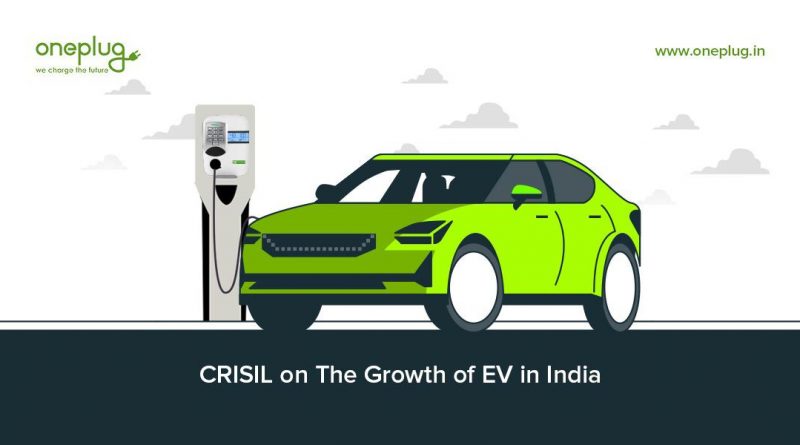CRISIL has published an interesting report regarding the EV market in India. It has been estimated that electric three-wheelers and two-wheelers would be ruling the streets for the upcoming five years while the electric four-wheeler space would remain lifeless.
The reason for such a mass adoption for 2 and 3 wheelers is of-course the economic factor. Electric four-wheelers tend to be priced premium compared to its oil-powered counterparts (Blame it on BIG ICE car manufacturers). Two-wheelers and three-wheelers were successfully able to put themselves in a place where they enjoy better cost economics in similar fronts (thanks to startups).
Even though EV penetration would improve many folds by the year FY2024, most of this chunk would be carry forwarded by electric two-wheelers (12%-17%) and three wheelers (43%-48%). If achieved, these growth figures are a major step forward in the EV industry since policies and rules favoring the EV market such as subsidies on lead-acid batteries, buying incentives were put off by the government in the recent past.
Even though EV penetration would improve many folds by the year FY2024, most of this chunk would be carry forwarded by electric two-wheelers (12%-17%) and three wheelers (43%-48%). If achieved, these growth figures are a major step forward in the EV industry since policies and rules favoring the EV market such as subsidies on lead-acid batteries, buying incentives were put off by the government in the recent past.
According to reports, top 5 Indian electric two-wheeler manufacturers are expected to ramp up their capacity to 3 million units by the year 2024 as compared to their the present capacity of 0.4 million units and at present Hero Electrics have the major say in the market. With the potential of such a segment is showing its colors, other manufactures like TVS and Bajaj Auto are also lured in to get their piece of pie.
When we shift our focus on to the three-wheeler market, it’s all a different story as e-autos and e-Rickshaws are trying to beat one another. While the original equipment manufacturers (OEMs) are manufacturing e-autos and e-rickshaws simultaneously, the cost factor is in favor of e-rickshaws as they tend to be 30 percentages cheaper. According to Mr. Ayush Lohaia, CEO-Lohia Auto Industries, electric three-wheelers will lead in front of Indian EV revolution as thy tend to be cheaper and more effective in nature. CRISIL research also has indicated that systems and supports need to more in place to push India to adopt the EV revolution successfully.
The pit stops in Indian EV growth are driven majorly by battery prices, lack of incentives, infrastructure deficiency, limited manufacturing capabilities and price of the vehicle and hopefully by the end of FY2024 the scenarios would tilt in favor of the EV market which would further boost the segment in total.
When we shift our focus on to the three-wheeler market, it’s all a different story as e-autos and e-Rickshaws are trying to beat one another. While the original equipment manufacturers (OEMs) are manufacturing e-autos and e-rickshaws simultaneously, the cost factor is in favor of e-rickshaws as they tend to be 30 percentages cheaper. According to Mr. Ayush Lohaia, CEO-Lohia Auto Industries, electric three-wheelers will lead in front of Indian EV revolution as thy tend to be cheaper and more effective in nature. CRISIL research also has indicated that systems and supports need to more in place to push India to adopt the EV revolution successfully.
The pit stops in Indian EV growth are driven majorly by battery prices, lack of incentives, infrastructure deficiency, limited manufacturing capabilities and price of the vehicle and hopefully by the end of FY2024 the scenarios would tilt in favor of the EV market which would further boost the segment in total.

